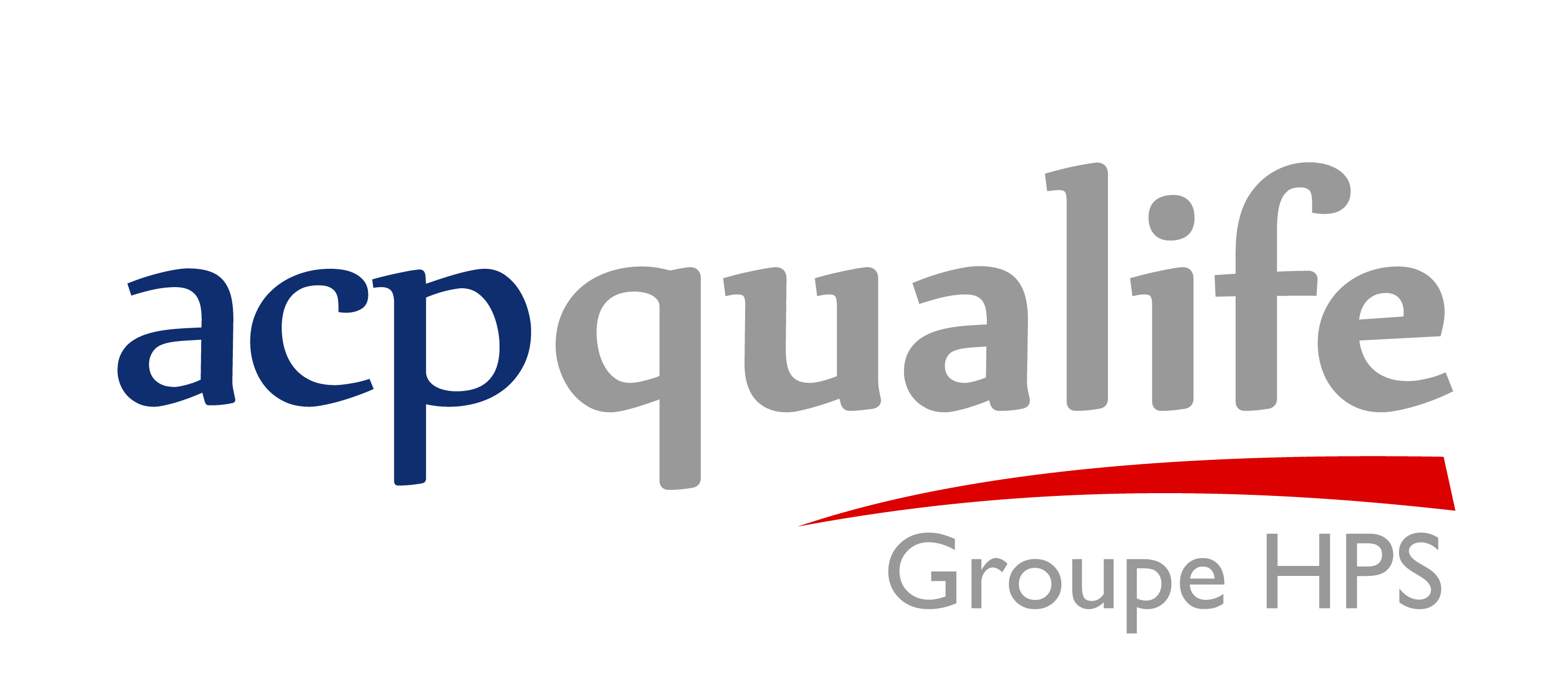TESTING TOOLS
TestLink
Duration
- 2 days
Prerequisites
- Good knowledge of IT as well as Development
- Experience in Testing
- ISTQB Foundation Level Certification IS strongly advised
Audience
Development, Testing, Validation / Acceptance teams and Control teams.
Objective
- Be capable of manipulating the TestLink Tool to manage Test plans
- Writing and measuring Test effectiveness
- Run Test campaigns of the Test report.
Educational Training
- This is a training with an approach view of Tests at the beginning of training, then oriented industrialization Tests with the use of practical cases through exercises.
- This training is based on the Open Source Testlink and Mantis Tools for linking to an anomaly manager.
Schedule
- From 13 to 14 September in Paris
- From 22 to 23 November in Paris
- From 11 to 12 October in Aix-en-Provence
Pricing and Financing
- Training referenced in Collective Actions FAFIEC
- Possibility of financing according to your OPCA
- Price: Contact us
Program
Reminder on Test
- Definition / different Test levels (unit, integration, systems and acceptance, confirmation and non-regression).
- Different types of Tests (structural, functional, non-functional, static and dynamic analysis)
- Test process: planning, analysis and design, implementation and execution, evaluation and information, closure.
- Different development cycles and Testing.
Analysis and Design
- Presentation of Test techniques (partition and limits, condition table, state transition, All pairs)
- Exercises and use of pict.
- Requirements, Tests, Test condition, Test case, Test procedure, prerequisite.
- What is a cover? The need for good practice (coverage, valorisation, writing of Tests). What information is needed?
Introducing the TestLink Tool
- Installation of the Tool
- Presentation of functionalities
- Typical Tool Vocabulary
Test management, Execution to Results
- Requirements management
- Management of Test plans
- Link with Mantis (management of anomalies)
- Organization of the execution of Tests, Test environments, Anomaly manager
- Output of Test campaign reports
- Practical exercises on all the issues
Administration of the Tool
Conclusion




